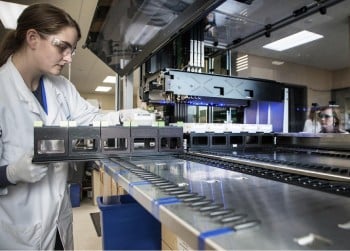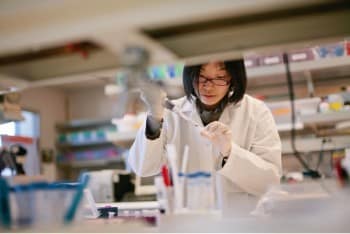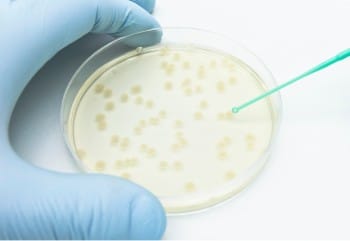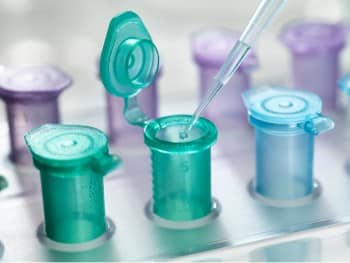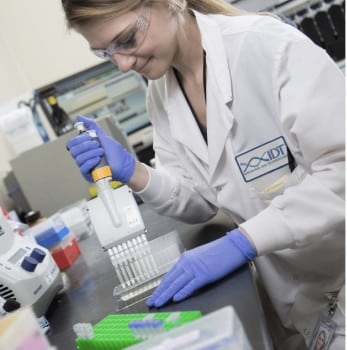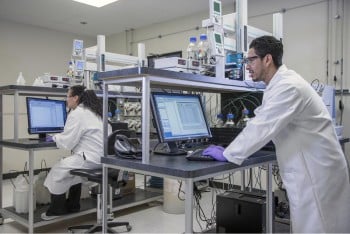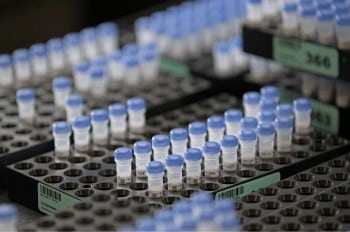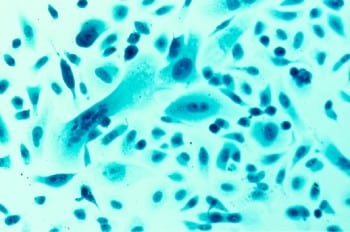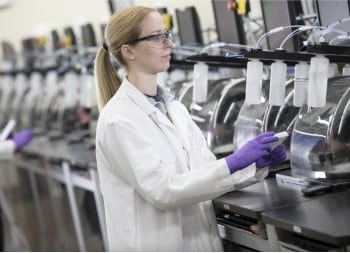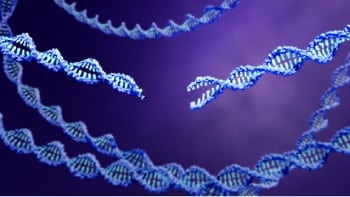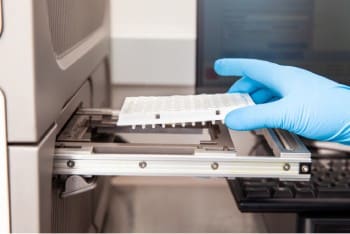
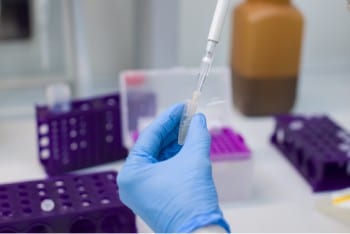
Choose your region, country/territory, and preferred language
Molecular beacon probes
Improved signal-to-noise ratio with FRET-based hybridization probes
Molecular beacon probes are dual-labeled probes that form a quenched, stem-loop structure in native state and fluoresce upon hybridization to the target nucleotide sequence. Applications include real-time and endpoint PCR, SNP detection, and multiplex amplification.
Ordering
Prices listed include probe sequence (up to 45 bases in length), reporter, quencher, and HPLC purification.
To request molecular beacon probes with <18 or >45 bases, contact us.
- Identify single mismatch from target with hybridization probes [1]
- Perform post-PCR melt curve analysis, if needed, because probes are not hydrolyzed for signal generation
- Choose from a wide variety of reporter and quencher combinations
Molecular beacon probes
Hairpin-shaped, fluorescent, dual-labeled nucleic acid probes that derive enhanced binding specificity from conformational changes during hybridization.
Product details
Molecular beacon probe design
Molecular beacon probes are qPCR probes that contain a 5' dye and 3' quencher and are designed to form a stem-loop (hairpin) structure. The loop contains sequences that hybridize to the target DNA and is flanked by complementary arms (typically 5–7 bp long) that form the stem when the arms hybridize to each other.
Because perfectly matched hybridization between the probe and target sequences is thermodynamically favored over the hairpin structure, and because the hairpin structure is thermodynamically favored over hybridization to non-specific sequences, molecular beacon probes are highly specific [1,2]. Hybridized molecular beacon probes are displaced by polymerase rather than degraded, which distinguishes them from other types of FRET-based qPCR probes.
The following steps are repeated for each PCR cycle and result in the detection of specific products (Figure 1).
Step 1: During the annealing step, hybridization of molecular beacon probes to target sequences separate the fluorescent dye (D) and quencher (Q), resulting in fluorescence that is detected by the real-time PCR instrument. Probes that do not hybridize to target DNA sequences will reform the hairpin structure and will not fluoresce.
Step 2: The polymerase extends from the primers and begins DNA synthesis.
Step 3: When the polymerase reaches the molecular beacon, the probe is displaced without being degraded. Therefore, molecular beacons can participate in multiple rounds of annealing.
Step 4: The polymerase continues extension of the primers to complete synthesis of the DNA strand.
Resources
Related products
References
- Tyagi S, Kramer FR. Molecular beacons: probes that fluoresce upon hybridization. Nat Biotechnol, 1996; 14:303–308.
- Bonnet G, Tyagi S, Libchaber A, Kramer FR. Thermodynamic basis of the enhanced specificity of structured DNA probes. Proc Natl Acad Sci USA, 1999; 96:6171–6176.

